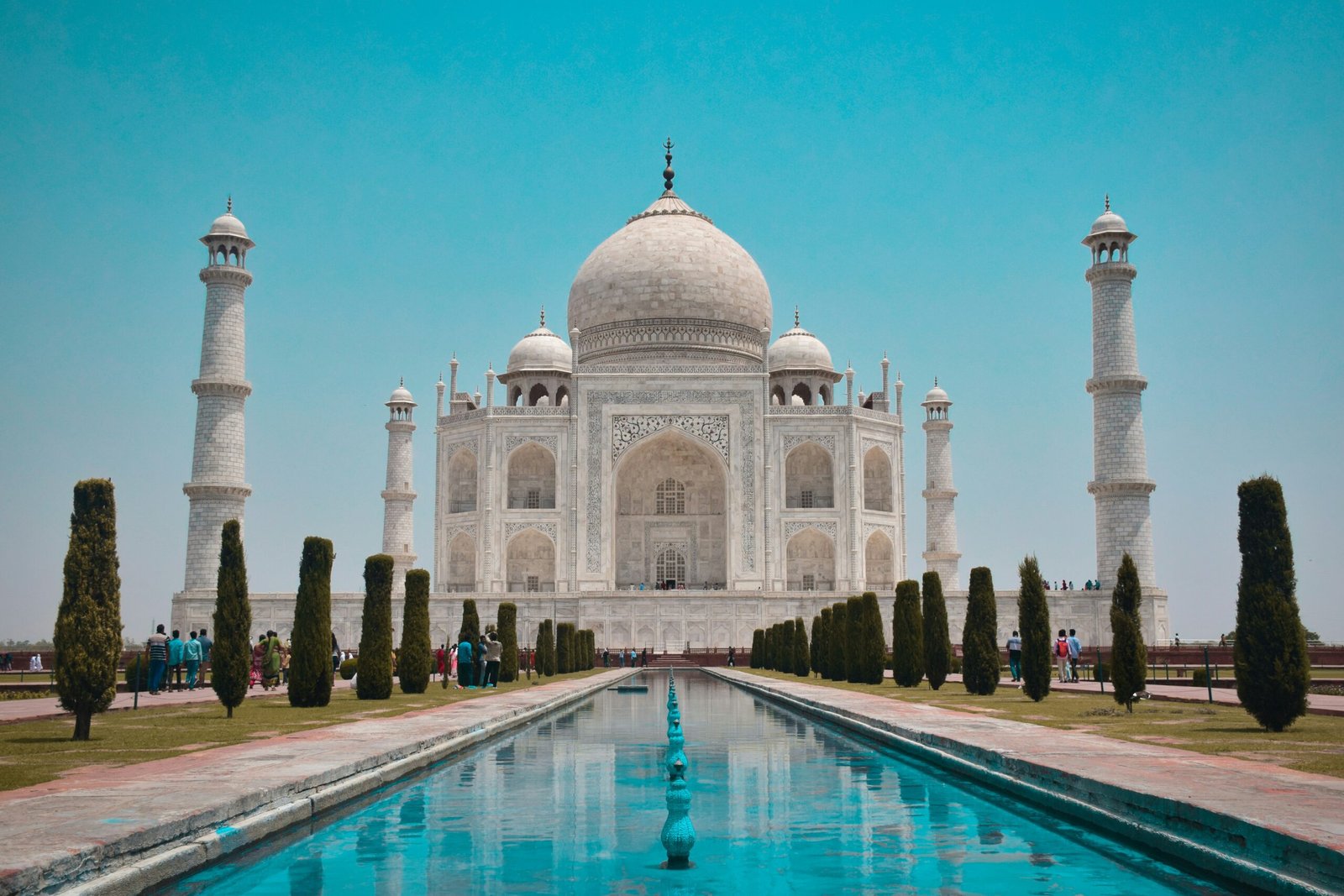On June 17, 1631, the 17th-century Mughal Empire witnessed the heartrending demise of Mumtaz Mahal, the cherished wife of Emperor Shah Jahan I. This tragic event, which occurred during childbirth, profoundly altered the course of history, as it became the catalyst for the creation of the Taj Mahal, an eternal symbol of love and loss.
Mumtaz Mahal, born Arjumand Banu Begum, was not just Shah Jahan’s consort but also his confidante and steadfast companion. Their marriage, solemnized in 1612, was marked by deep affection and mutual respect. Mumtaz Mahal accompanied Shah Jahan on military campaigns and was a trusted advisor in his court, a testament to their inseparable bond. Historical texts like the “Padshahnama,” a chronicle of Shah Jahan’s reign, emphasize the emperor’s unwavering devotion to his wife. They had 14 children together, illustrating the personal and political significance she held in his life.
The 1631 death of Mumtaz Mahal plunged Shah Jahan into profound grief. His sorrow was not just a personal tragedy but a national event that resonated throughout the Mughal Empire. Contemporaneous reports and historical accounts, including those by court historians like Abdul Hamid Lahori, describe Shah Jahan’s deep mourning and his subsequent withdrawal from daily affairs. This period of intense sorrow and reflection inspired him to commemorate his beloved wife in a manner befitting her grace and their shared love.
Thus, Shah Jahan commissioned the construction of the Taj Mahal, a mausoleum that would stand as a testament to his eternal love for Mumtaz Mahal. The choice of materials, the intricacy of the design, and the labor of thousands of artisans over two decades culminated in an architectural masterpiece that continues to captivate the world. The Taj Mahal’s resplendence reflects not only the artistic zenith of the Mughal Empire but also the profound emotional landscape that birthed it.
The 17th June 1631 death of Mumtaz Mahal forged a legacy that transcends time, embodying the confluence of personal loss and cultural grandeur. This historical event is meticulously documented in various primary sources, providing an authentic glimpse into the emotional and cultural fabric of that era. The Taj Mahal, as a symbol of love, serves as a poignant reminder of the depths of human emotion and the timeless quest to honor those we cherish.
Architectural Marvel and Global Icon: The Construction and Legacy of the Taj Mahal
The Taj Mahal stands as an unparalleled example of architectural brilliance, having been meticulously constructed over 20 years by the Mughal Emperor Shah Jahan in Agra, India. This mausoleum, erected in memory of Mumtaz Mahal, who passed away on 17th June 1631, epitomizes the zenith of Mughal architecture, blending elements from Islamic, Persian, Ottoman Turkish, and Indian architectural styles. The use of pristine white marble, quarried from Makrana in Rajasthan, forms the cornerstone of this magnificent edifice, lending it an ethereal quality that changes hue with the time of day.
The intricate carvings and inlay work, known as pietra dura, showcase an extraordinary level of craftsmanship. Precious and semi-precious stones such as jasper, jade, crystal, turquoise, and lapis lazuli were meticulously embedded into the marble, creating elaborate floral patterns and calligraphic inscriptions. The central dome, rising to a height of 73 meters, is flanked by four smaller domes and minarets, each adorned with similar intricate details, reinforcing the symmetry and aesthetic harmony of the structure.
The construction of the Taj Mahal was a monumental endeavor that involved the concerted efforts of thousands of artisans, craftsmen, and laborers. Ustad Ahmad Lahauri is often credited as the principal architect, but the project also saw contributions from other notable figures such as Ismail Khan, the dome specialist, and Amanat Khan, the calligrapher. Together, they translated Shah Jahan’s vision into a tangible form, creating a masterpiece that has stood the test of time.
The cultural and historical significance of the Taj Mahal extends beyond its architectural grandeur. As a symbol of enduring love and artistic excellence, it holds a revered place in the annals of world heritage. Recognized as a UNESCO World Heritage Site since 1983, the Taj Mahal attracts millions of visitors each year, serving as a testament to the timeless allure of Mughal architecture. Conservation efforts continue to ensure the preservation of this iconic monument, with numerous studies and initiatives dedicated to maintaining its structural integrity and aesthetic splendor. For those interested in a deeper understanding of this majestic creation, various external resources offer extensive insights into its architectural nuances and heritage conservation endeavors.

